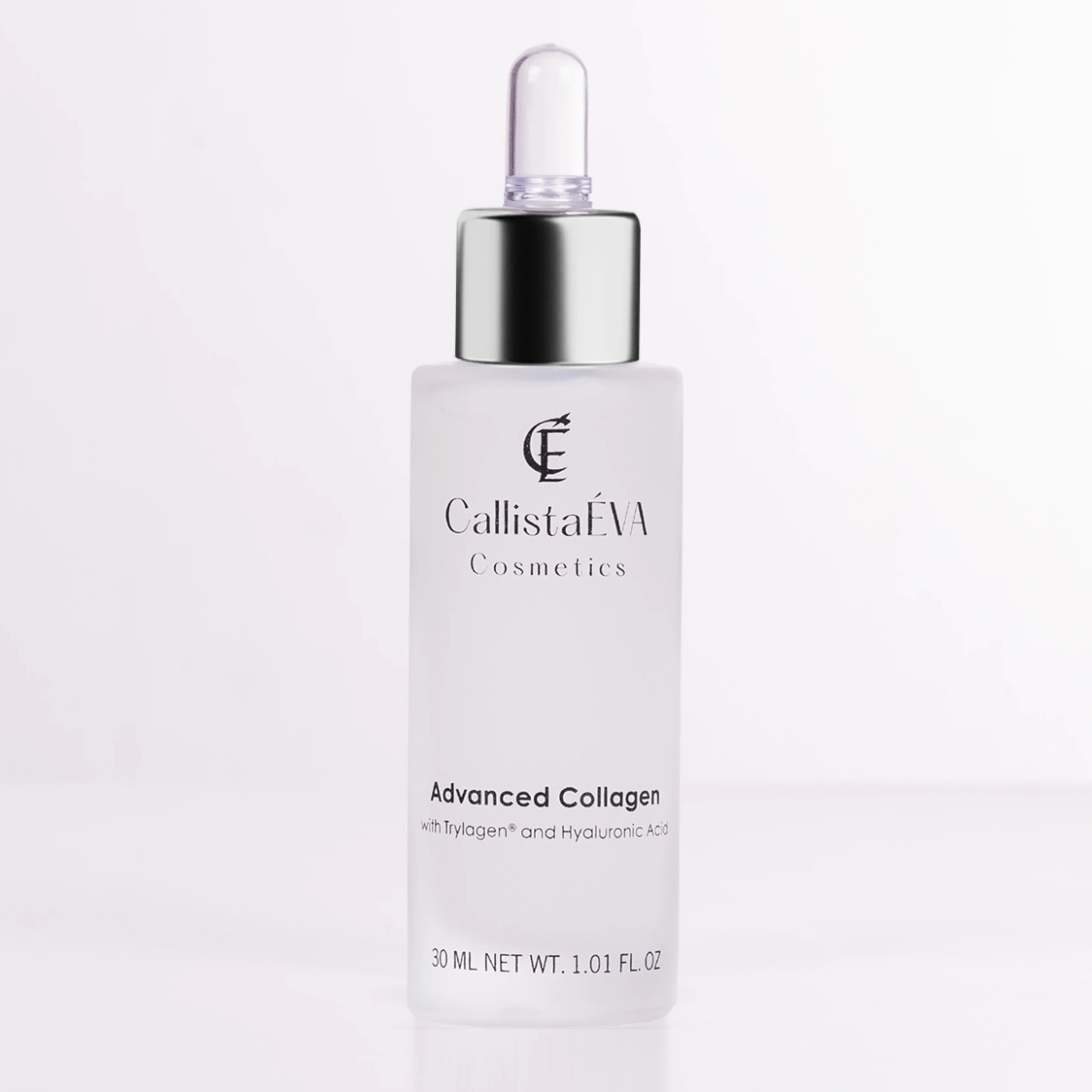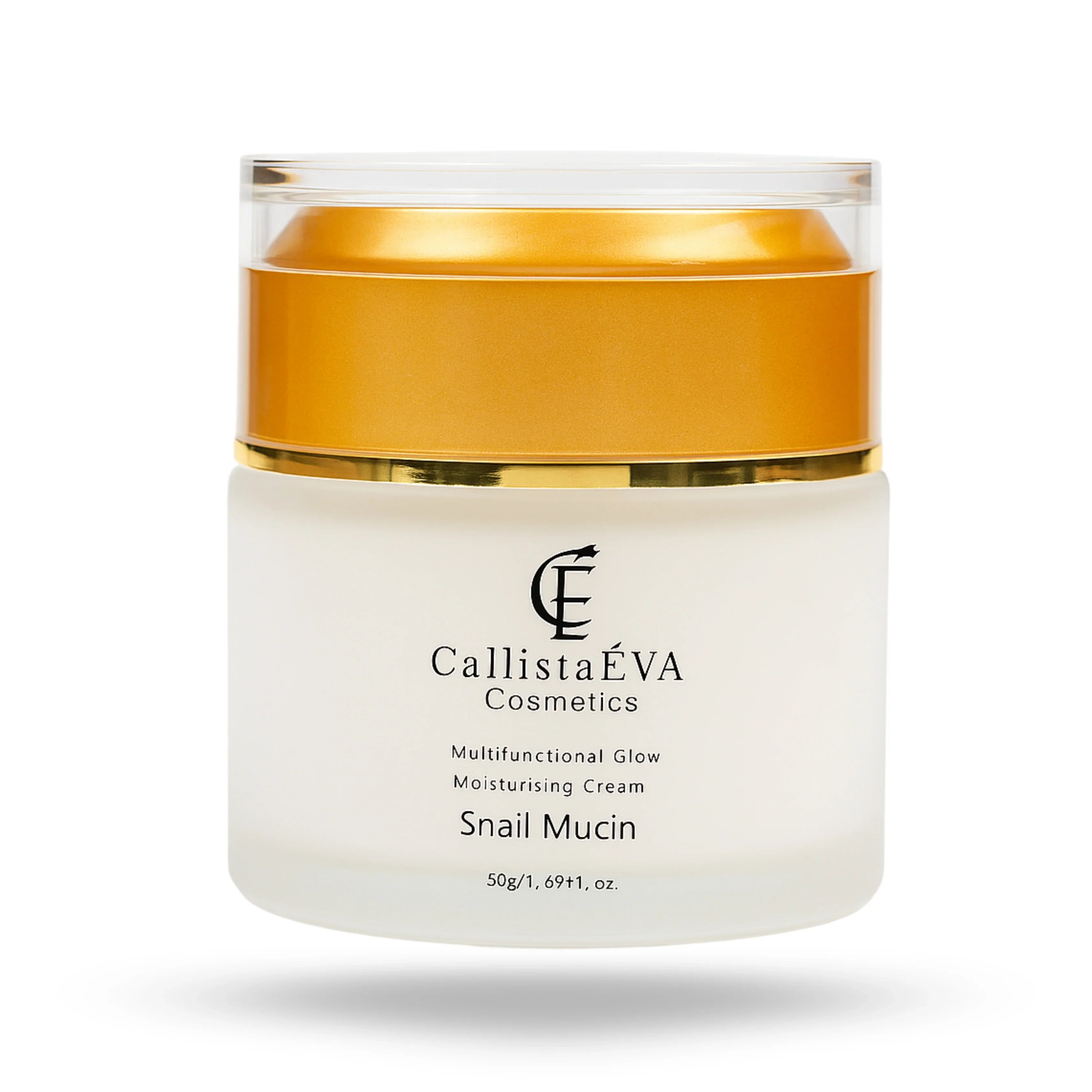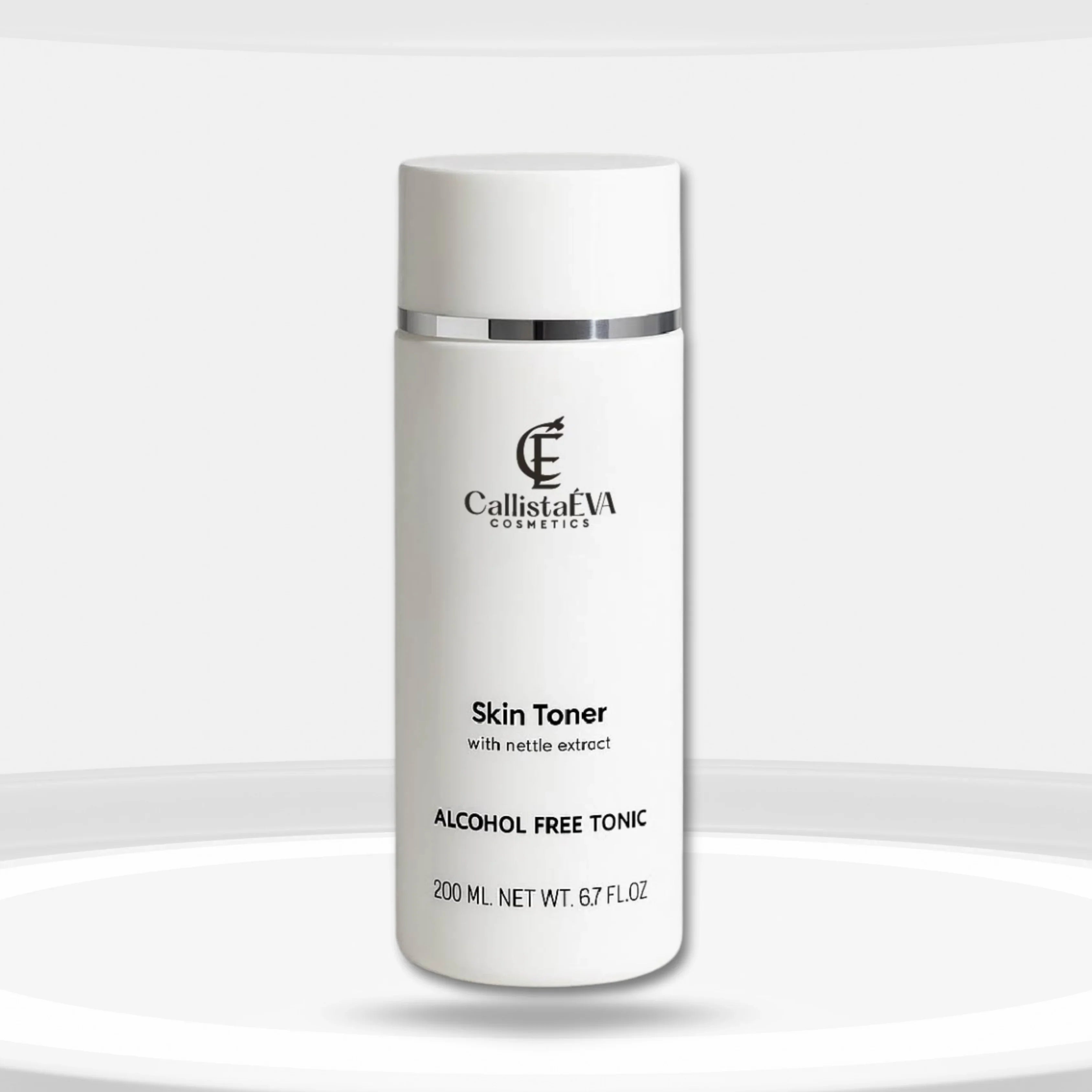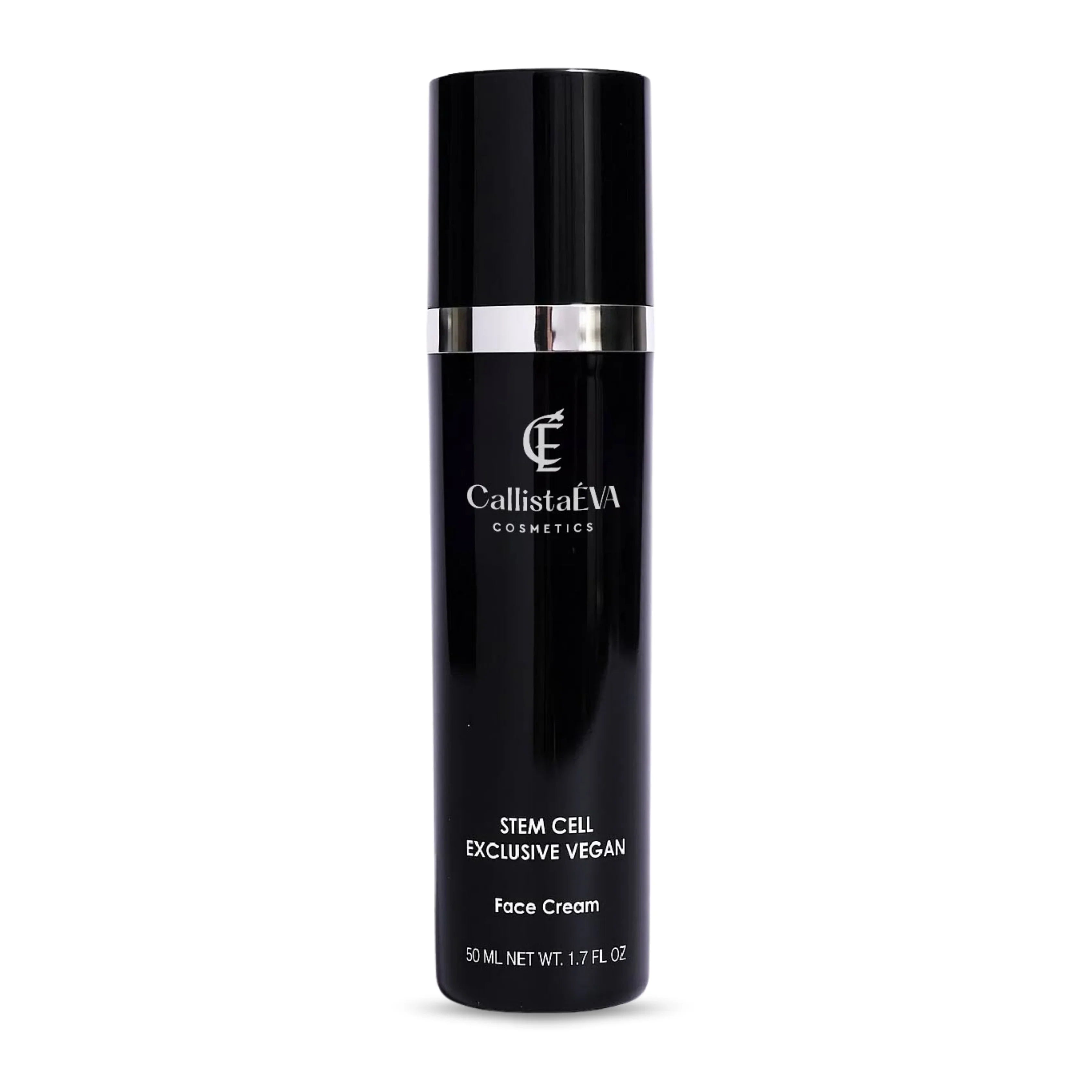Let's be honest, skincare these days feels like a part-time gig. With so many ingredients flying around, and everyone on Instagram swearing by a “holy grail,” it can make anyone feel lost in the shuffle. So, if recently, tranexamic acid or niacinamide popped up on your feed, and now you're wondering:
Can I use them together?
How often is too often?
Will my skin freak out?
This guide is your skincare GPS. Whether dark spots, uneven tone, or just plain dullness brings you here, we’re going to walk you through it, step by step, no gatekeeping, no confusing jargon.
So… What’s the Deal with Tranexamic Acid?
First of all, it’s not the scary kind of acid. No tingling. No stinging. Just science doing its thing, quietly reducing dark spots, hyperpigmentation, and sun damage by interrupting the melanin signals in your skin.
It originally came from medicine (used to control bleeding), but when dermatologists realized it also calms melasma and discoloration? It became a skincare darling.
According to a 2019 clinical study, 5% topical tranexamic acid significantly improved melasma with fewer side effects than traditional treatments like hydroquinone.
And What About Niacinamide?
Niacinamide is vitamin B3, but make it skincare. It’s known for doing everything, strengthening your skin barrier support, calming redness, refining pores, and giving you that velvety, healthy finish. It’s a staple in any well-rounded niacinamide skincare routine.
A 2014 study showed that 4% niacinamide reduced melasma and inflammation effectively with fewer side effects than hydroquinone. Adding it into your niacinamide skincare routine helps strengthen the skin barrier while reducing visible redness and pore size.
It’s one of those ingredients that plays well with others. So when paired with tranexamic acid? Magic. You get correction and protection.
Can You Use Tranexamic Acid & Niacinamide Together?
Yes, you can use them together, and here’s why that’s brilliant. According to Dr. Mary Stevenson, assistant professor of dermatology at NYU Langone Health, tranexamic acid works especially well when used in combination with other brightening agents like niacinamide and vitamin C, offering a more comprehensive approach to treating stubborn pigmentation.
Think of these two as the power couple your routine didn’t know it needed.
● Tranexamic acid works on the deeper layers, slowing down excess pigment production.
● Niacinamide works more on the surface, calming irritation, balancing oil, and supporting your skin’s barrier.
The result? Brighter, smoother, calmer skin, without harsh exfoliation or irritation. Especially if you're looking for a dark spot treatment that’s gentle enough for everyday use.
How Often to Use Niacinamide and Tranexamic Acid?
Understanding your tranexamic acid frequency and how it complements your niacinamide skincare routine is key.
Dr. Shereene Idriss, MD, NYC dermatologist famed for her pigmentation expertise, highlights TXA’s gentle efficacy: “Tranexamic Acid… It’s quite gentle, so you can use it up to twice a day and in combination with other skin brightening blends.”
If You’re New
- Use 2–3 nights a week
- Go in with a small amount on clean, dry skin
- Follow with moisturizer
- Watch how your skin responds
If You’re Comfortable
- Bump it up to every night
- Want to add it in the morning? You can—but don’t forget SPF
Many people report that they start seeing a visible difference in 2–4 weeks. Brighter tone. Smoother texture. Less redness.
A Moment for Our Favorite All-in-One Formula....
Snail Mucin Serum with Niacinamide & Tranexamic Acid
Listen, we’re obsessed and not just because it checks every box. It’s because it brings together three powerful benefits in one thoughtfully balanced formula: hydration, brightening, and barrier support.
This formula is:
- Hydrating (thanks to snail mucin, which is rich in glycoproteins and hyaluronic acid).
- Brightening (thanks to the tranexamic acid).
- Balancing (niacinamide, doing what niacinamide does best).
- Full of gentle actives that are also safe for all skin types, including sensitive skin.
It’s lightweight, smooth, and disappears into your skin like water. No pilling. No greasiness. Just a subtle glow and that healthy “I drink enough water” look.
Pro Tip: Layer it right after toner and before moisturizer. If your skin’s thirsty, it’ll drink this up.
And you know what… Now’s the perfect time to try it for yourself as our Snail Mucin Serum with Niacinamide & Tranexamic Acid is currently up to 56% off. Check this out and glow for less!
When Should I Use It: Morning or Night?
You’ve got options. But if we had to pick just one: use it at night.
Here’s why:
- Skin does its best healing while you sleep.
- No UV rays to compete with brightening ingredients.
- You’re less likely to layer with conflicting actives (like strong retinoids or vitamin C).
Morning works too, just be absolutely religious with sunscreen. No excuses.
What About My Skin Type? Is This Even for Me?
Short answer: yes. But let’s break it down.
If you’ve got dry or sensitive skin
- Start slow
- Use every other night
- Always moisturize after
- Always do patch testing first (behind your ear or along the jawline)
If you’re oily or acne-prone
- These ingredients are your skin’s new best friends
- They help reduce post-inflammatory hyperpigmentation (PIH) and redness
- Look for lightweight, non-comedogenic formulas (like CallistaEVA’s serum, which is made for all skin types)
If you’ve got mature skin
- Tranexamic acid helps fade age spots and sun damage
- Niacinamide smooths out texture and supports elasticity
No matter your skin type, consistency is your secret weapon. Not perfection. Not multiple steps. Just showing up for your skin, day after day.
How They Compare At a Glance
So What Does a Routine Look Like?
Here's a no-stress sample routine:
Evening Routine
- Cleanse (use CallistaEVA’s MicroSilver Face Wash)
- Tone (Alcohol-Free Skin Toner)
- Apply Snail Mucin Serum with Niacinamide & Tranexamic Acid
- Moisturize
- Add a few drops of face oil or eye cream, but that’s optional
That’s it. Four steps. No overwhelm.
Any Side Effects?
Honestly? Not really. These are some of the gentlest brightening agents out there.
But if you have hypersensitive skin, then the first few uses might cause mild dryness or tightness, but don’t worry.
To minimize the risk of side effects from tranexamic acid, always patch test first, moisturize well, and avoid combining it with harsh actives. Don’t mix them with too many exfoliants (like AHAs or BHAs) in the same routine.
If something stings or causes redness that doesn’t go away, give your skin a break and restart slowly. Listen to your skin. It usually tells you what it needs.
You Don’t Need Complicated, You Need Consistent
You don’t need a mile-long list of steps. You don’t need every trending ingredient. You just need a few well-formulated products and the patience to let them work.
Niacinamide and Tranexamic Acid are slow beauty in action; quiet, powerful, and transformative. And when they come together in a beautifully balanced formula like CallistaEVA’s Snail Mucin Serum, they help visibly reduce dark spots while supporting your skin’s natural clarity and balance.
Ready to simplify your routine, brighten your skin, and feel more confident every time you look in the mirror?












